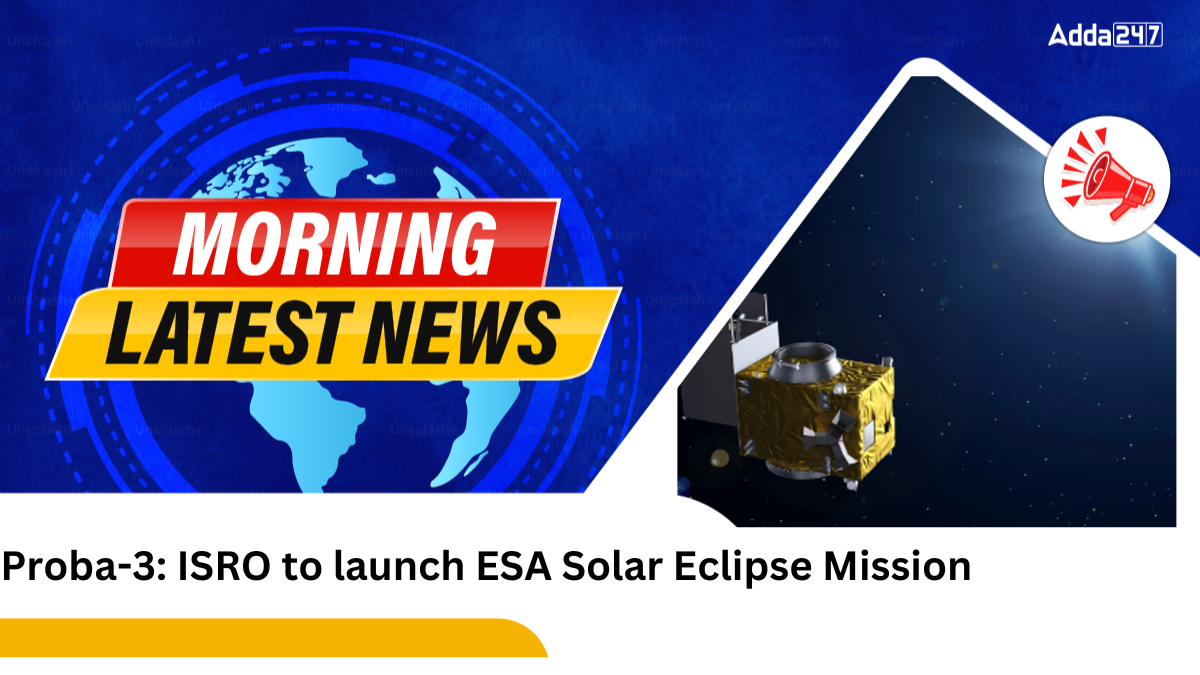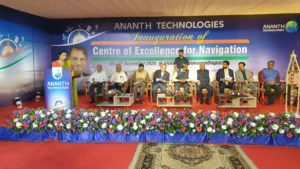The Indian Space Research Organisation (ISRO) is set to launch the European Space Agency’s (ESA) Proba-3 mission on December 4, 2024, using its PSLV-XL rocket from the Satish Dhawan Space Centre, Sriharikota. This pioneering mission will study the Sun’s corona, the outermost and hottest layer of the Sun’s atmosphere, through an artificial solar eclipse created by two satellites flying in precise formation. Proba-3 represents a significant technological breakthrough and an example of international collaboration in space exploration.
Mission Objectives and Features
Precision Formation Flying
Proba-3 is the world’s first mission to demonstrate precision formation flying. It will deploy two satellites — the 200 kg Occulter Spacecraft and the 340 kg Coronagraph Spacecraft — that will operate in a highly elliptical orbit (600 x 60,530 km). These satellites will maintain a precise alignment of up to a few millimeters, mimicking a solar eclipse by casting a shadow on the coronagraph.
Scientific Goals
By creating an artificial eclipse, the mission will enable continuous observation of the solar corona for up to six hours. This will allow scientists to study solar phenomena, including flares and coronal mass ejections, which are crucial for understanding space weather and its effects on satellite operations and power grids on Earth.
Onboard Instruments
ASPIICS (Coronagraph): Provides a detailed view of the Sun’s inner and outer corona.
DARA (Digital Absolute Radiometer): Measures the Sun’s total energy output.
3DEES (3D Energetic Electron Spectrometer): Studies electron fluxes for space weather research.
India’s Role and Benefits
Key Contributions
ISRO’s cost-effective and reliable PSLV-XL rocket underscores India’s growing prominence in global space missions. The launch continues ISRO’s collaboration with ESA, following earlier successes with Proba-1 (2001) and Proba-2 (2009).
Data Access
Indian scientists are expected to gain exclusive access to Proba-3 data, which complements insights from India’s Aditya L1 solar mission (launched in 2023). A planned collaboration between ESA and Indian researchers could drive advancements in solar physics and space weather studies.
Future Implications
Proba-3’s innovative approach to solar observation could revolutionize space exploration by proving the feasibility of complex multi-satellite tasks. Its success may inspire future missions that leverage precision formation flying for various scientific and technological goals. Moreover, the mission reinforces the importance of international cooperation, pooling expertise from ESA member states like France, Belgium, and the Netherlands alongside ISRO.



 DRDO Successfully Tests High-Speed Indig...
DRDO Successfully Tests High-Speed Indig...
 ISRO Chief Inaugurates Ananth Centre of ...
ISRO Chief Inaugurates Ananth Centre of ...
 PM Modi Launches Vikram-I Rocket And Sky...
PM Modi Launches Vikram-I Rocket And Sky...







